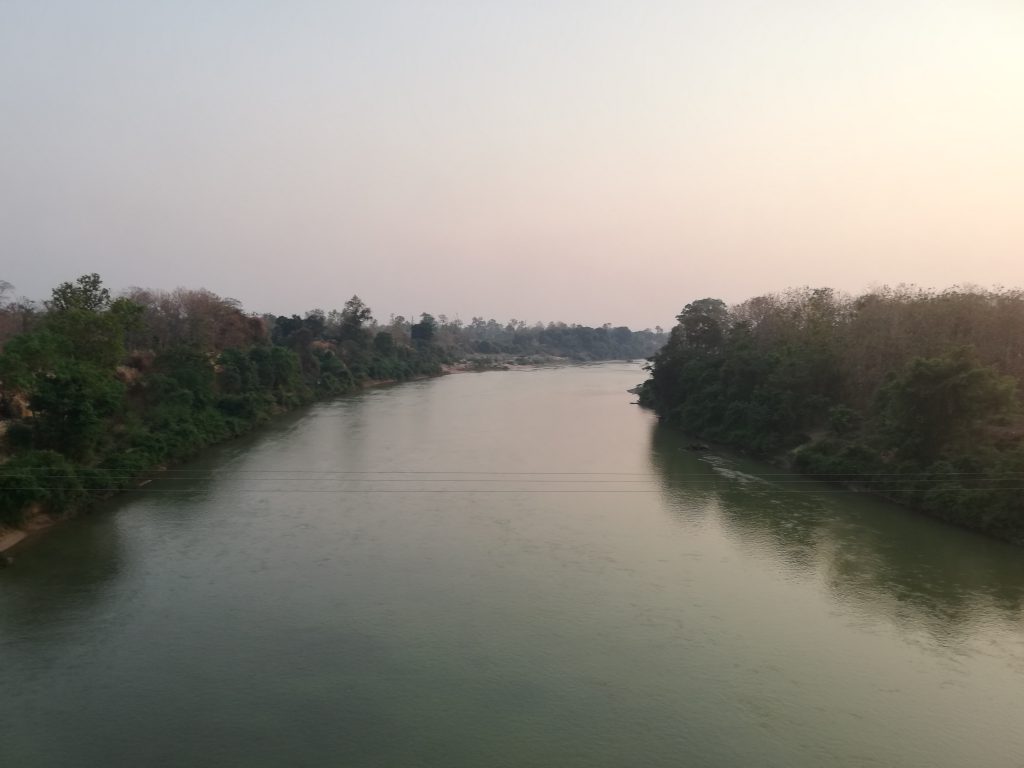Sekong Province
Sekong Province is the second smallest province in Laos and also one of its poorest, covering an area of 7,665 square kilometres. It is bordered by Vietnam to the east, Attapeu Province to the south, Salavan Province to the north, and Champasak Province to the west. Sekong also has the smallest population (113,048 as of 2015) and the lowest population density of any province. It was created in 1984 by splitting the Salavan Province and is the most diverse province in Laos with 14 ethnic groups. The Sekong River, which divides the province, flows in a southern direction into Cambodia and is navigable for boats. The river valley has fertile plains interspersed with paddy fields and fruit orchards. Its rich tropical forest have many rare species of flora and fauna. The Dakchung Plateau and Xe Xap National Biodiversity Conservation Area are among the areas under protection.
Sekong Province is one of the biggest coffee plantations in Laos.
The Dakchung Plateau is an Important Bird Area (IBA). It is 5,140 ha in size. The habitat is characterized as pine woodland, grassland, degraded semi-evergreen forest, dry evergreen forest, marshy land, and tall grasses areas.

The Xe Sap IBA is located within the Xe Xap National Biodiversity Conservation Area (NBCA); the IBA surpasses the NBCA’s 1335 km2 boundaries (established in February 1996). The IBA and NBCA are part of two provinces, Sekong and Salavan. The habitat is characterized by various forests (dry evergreen, pine, semi-evergreen, and upper montane), as well as grassland.
The Phou Ahyon IBA is 148,900 hectares in size. The topography contains the Phou Ahyon massif (2,193 metres), which is the highest and largest massif in the country’s southern area. The habitat is characterized by dry evergreen forest, Fokienia forest, and upper montane forest.
Remaining forest cover in Sekong Province is high. Government figures classify over 50% of the province’s land area as forest, the majority of it being mixed deciduous and semi-evergreen forest, but with pockets of dry dipterocarp forest along the Sekong river valley, and pine forest in the Dakchung highlands. Much of the natural forest in Sekong has never been subject to commercial logging, but this is changing fast. Commercial timber extraction has been expanding rapidly over the past decade in the province. There is tremendous and growing pressure on Sekong to log its forests – both from Vietnamese interests (where the wood furniture sector averaged 70% growth per year during 2000–2004) and from Lao companies.
The natural forests in the province are also helpful in carbon sequestration benefits estimated to be US$124 per ha and also in watershed improvements, by way of avoiding erosion and reducing flood incidence. Corruption of the provincial level authorities in Sekong province is a problem, and they have reportedly “actively undermined a successful donor-funded village participatory sustainable forest management initiative.”
The cultural values in the province relate to: The indigenous Lao Teung culture with spiritual links to the land, five different “Lao Teung” languages with one becoming extinct, several funeral and sacred forests, Indochina War relics, and a stretch of the Ho Chi Min Trail.
A more serious threat to both timber and non-timber resources in Sekong province seems to be the exploitation activities of private companies and influential individuals who are only concerned with short-term gains, and have no real stake in long-term sustainable development. When such outsiders with considerable funds want to exploit these resources, they are virtually given unlimited authority to do so. Seldom, if ever, are villagers consulted about this exploitation and households depending upon forest resources for their livelihoods are severely affected. The only local involvement is the use of unwitting villagers to identify fruitful areas
Like a lot of other provinces, Sekong provincial authorities have signed away substantial parts of its land to – mainly Vietnamese – investors. Since land surveys, land use planning and land titling are rather in a nascent state investors – like Vietnamese rubber companies – have a hard time actually finding the land they got the land concession for. In areas where the borders between farm and forest are blurry this often means they use the same land that originally belonged to the local villagers.
The land concessions for rubber plantations to three Vietnamese companies resulted in some people living in the research area losing almost all their farming land and villages losing all their reserve and protected forest land. Only the paddy fields, of which there were relatively few, were salvaged along with the village housing area. Most of the areas which have been included in these land concessions are swidden fields and crop fields.
Some villagers expressed their confusion and frustration at their loss of land. In general, compensation was made to the people who lost their land, but there were several exceptions and the rates were exceedingly low.
References:
- Wikipedia ‘Sekong province’ https://en.wikipedia.org/wiki/Sekong_Province
- RRDTC ‘Impacts of land and forest policies on livelihood of ethnic minorities’: http://bit.ly/2LAG8Uj
- Nafri ‘Livelihoods and Forest resources in Katu villages in Sekong’: http://lad.nafri.org.la/fulltext/LAD010320040559.pdf




